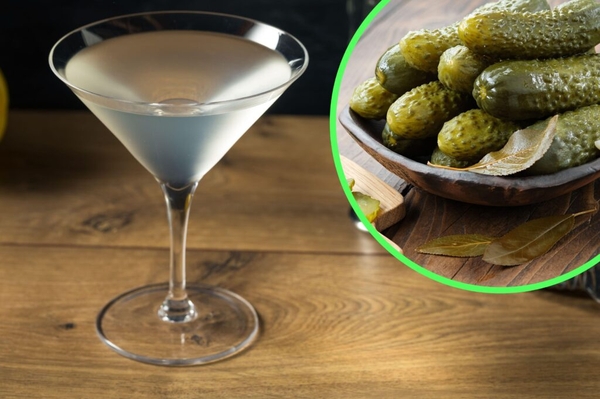Uncategorised
Cooking on the moon: the story of how space food came to be
14 Mar 2018
4m

Leaving Planet Earth poses a whole array of problems. Any craft capable of space travel has to produce a colossal amount of energy: rockets need to be moving at around seven miles per second, or 25,000 miles per hour in order to leave the atmosphere and need to be sturdy enough to survive the wear and tear of supersonic speed. However, it’s not just shuttle engineers who end up with logistical headaches. The challenge of keeping astronauts alive once they’ve successfully left terra firma is almost equally daunting. Faced with the most hostile conditions imaginable, preparing food for outer space requires a very particular set of skills.
 Credit: Pixabay/WikiMedia
Credit: Pixabay/WikiMedia
There are a number of factors that make food in space such a challenge. During the early years of space travel, scientists were faced with a whole series of questions that no chef had ever previously needed to consider. Long before The Simpsons immortalised floating chips, many believed that drifting crumbs could clog and damage expensive equipment, while others wondered whether it was even possible to swallow in zero gravity. These fears forced early space menus to be extremely conservative. The first meal, eaten in 1962 by American astronaut John Glenn, consisted of a packet of apple sauce. For the next few years, space food remained confined to tubes.
The lack of understanding of celestial cookery had an unsurprisingly negative effect on astronauts. Both the American and Russian space programmes reported that anyone who spent time in space came back down to earth a good deal lighter than when they left. Furthermore, scientists found that prolonged space travel had a dramatic impact on bone density, meaning that astronauts required a high-calcium diet in order to remain healthy. If space programmes were to evolve, food would have to drastically improve.
Perhaps the biggest advance in space food was the innovation of “thermo-stabalisation”. This allowed pouches of dried foodstuffs to be heat-treated prior to packaging, killing bacteria and prolonging shelf life. Along with the invention of dehydration, astronauts could now enjoy a greater variety of meals by simply adding water to a packet. During the Apollo missions, menus varied to such an extent that Armstrong, Aldrin and Collins were able to enjoy a rehydrated turkey dinner on Christmas day in 1968.
 Woman eating cookies in space
Woman eating cookies in space
As the demographic of astronauts has grown to become more international, a great variety of different cuisines have made their way into space. Coupled with advances in cooking technology, modern space missions are probably more foodie than most other extreme scientific adventures. NASA alone offer over 180 different options, including pizza, steak and chocolate cake. When the first Korean astronaut made the trip to the International Space Station, he brought with him a specially prepared collection of kimchii. While meals and nutritional intake are still strictly monitored for their health, astronauts are even allowed to bring an array of non-perishable snacks with them, including Pringles and M&Ms.
For all the successes of modern space food, there have been a number of notable failures. When working with dehydrated, heat-treated food, it’s inevitable that there will be some misfires. One of the most common complaints from astronauts is that fish-based dishes always produced a suffocating fishy odour, often rendering them extremely unpleasant. A particularly infamous example, swordfish in tomato sauce, was so horrible that astronauts refused to eat it. However, some of these culinary failures have inadvertently found a surprising fanbase. Created in 1968 for the crew of Apollo 7, freeze-dried ice cream was recognised as one of the worst tasting things available in space. Despite universally poor reviews from unfortunate astronauts, the dessert has built up a dedicated following here on earth. Today, a variety of freeze-dried ice cream flavours are sold in science museums and specialist stores all over the world.
The new processes popularised by the space missions have ultimately had a far greater impact than was ever intended. Many modern fine dining restaurants regularly incorporate freeze drying and dehydration techniques into their dishes, creating new textures and flavours for many technically complex recipes. Even everyday cooks now have access to freeze-dried ingredients – most commonly as key components in home baking. While these approaches to food preservation still have a practical use for the men and women who continue to journey beyond earth, the fact that they are now commonplace back home shows that space food is not just for a select few.
 Credit: Flickr/Yvonne Tsui
Credit: Flickr/Yvonne Tsui
As technology advances, it seems as though the days of astronauts forcing down inedible swordfish are drawing to a close. Soon we’ll be at a point where food in space is no different to that on earth. Already, enterprising residents of the International Space Station have managed to successfully grill a tuna steak – albeit very slowly – without the need for freeze-drying key ingredients. However, it’s also clear that the developments that will affect space travel can also have some unintended benefits for the rest of us.


